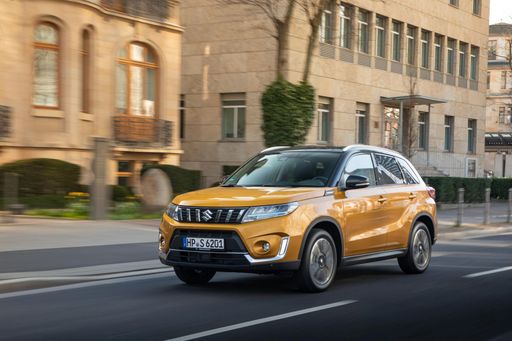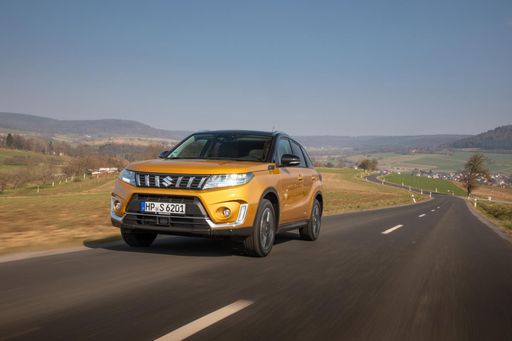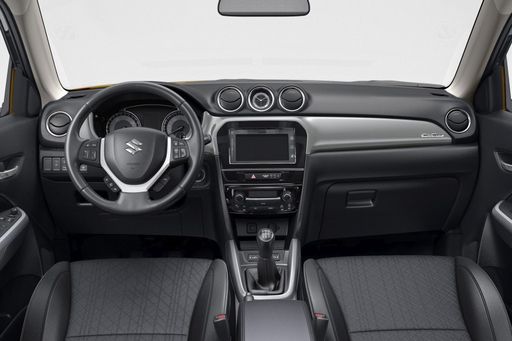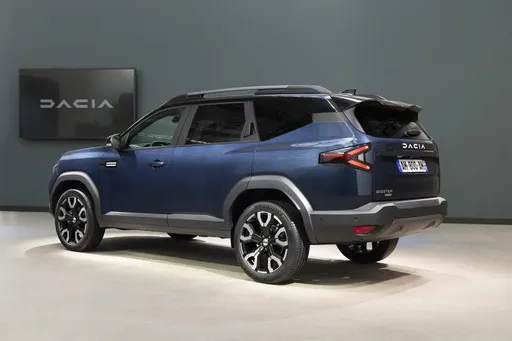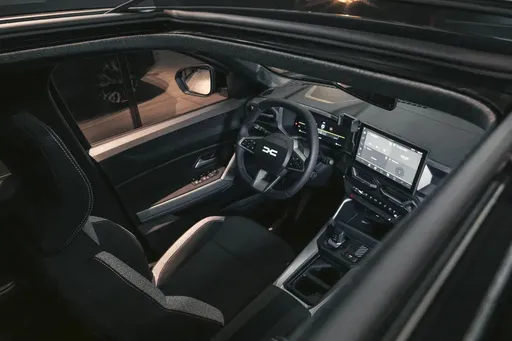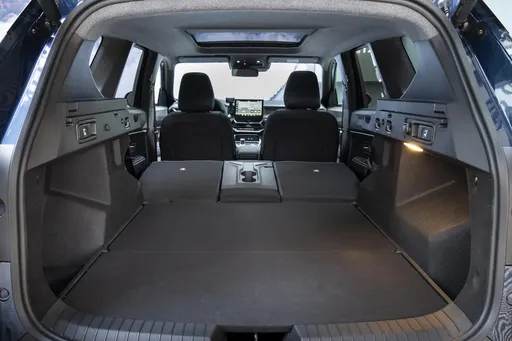Introduction: The Compact SUV Showdown
In the ever-evolving landscape of compact SUVs, two models have recently drawn significant attention: the Suzuki Vitara and the Dacia Bigster. With both boasting impressive credentials and recent model updates, potential buyers are eager to know which vehicle best fits their driving needs. Let's delve into their technical specifications, innovations, and unique characteristics to shed light on this comparison.


